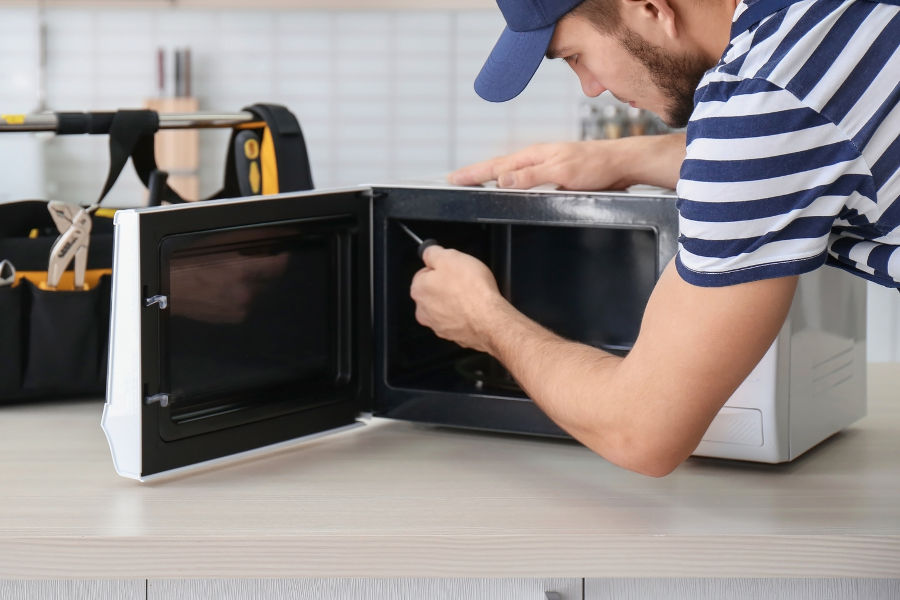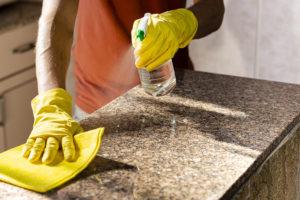Microwaves have become an integral part of our daily lives, and we use them for a variety of purposes, from cooking to reheating food quickly. However, if you’ve noticed that your microwave has rust inside, you may be concerned about whether it’s safe to continue using it. In this blog post, we will discuss whether having rust inside your microwave is bad and what you can do to prevent it.
Table of Contents
What Causes Rust in a Microwave?
Rust in a microwave can be caused by several factors, including:
- Moisture: When food is heated in a microwave, it releases moisture, which can accumulate and cause rust over time.
- Scratches: If the interior of the microwave is scratched, it can create a surface for rust to form.
- Age: Over time, microwaves can become worn, and the protective coating on the interior may become damaged, leading to rust.
Is Rust in a Microwave Bad?
While rust in a microwave may not look appealing, it’s generally not dangerous. The microwaves generated by the appliance are absorbed by the food, not the interior, so even if there is rust, it’s unlikely to affect the food’s safety or quality.
However, if the rust has caused the interior of the microwave to become uneven or pitted, it can affect the appliance’s performance. Uneven surfaces can cause food to cook unevenly or not cook at all, while pitted surfaces can lead to arcing, which can be dangerous.
Additionally, if the rust is widespread and the microwave is old, it may be time to replace the appliance. An older microwave may not be as efficient as a newer model, and the rust may be a sign of other issues.
How to Prevent Rust in a Microwave
Preventing rust in a microwave is relatively easy, and it involves taking a few simple steps, including:
- Wiping down the interior: After using the microwave, wipe down the interior with a damp cloth to remove any moisture that may have accumulated.
- Avoid harsh cleaners: Avoid using harsh cleaners on the interior of the microwave, as they can damage the protective coating and make it more susceptible to rust.
- Using microwave-safe containers: Always use microwave-safe containers when heating or cooking food in the microwave. Glass, ceramic, and some plastics are safe to use, while metal and aluminum should be avoided.
- Covering food: When heating or cooking food in the microwave, cover it with a microwave-safe lid or paper towel to prevent moisture from accumulating on the interior.
- Keeping the microwave dry: Store the microwave in a dry location and avoid using it in humid areas, such as near the sink or dishwasher.
Conclusion
In conclusion, having rust inside your microwave is generally not dangerous, but it can affect the appliance’s performance if it has caused the interior to become uneven or pitted. To prevent rust from forming, it’s essential to wipe down the interior after use, avoid using harsh cleaners, use microwave-safe containers, cover food when heating or cooking, and keep the microwave dry. If the rust is widespread or the appliance is old, it may be time to replace it. By following these simple steps, you can ensure that your microwave remains in good condition and continues to serve you for years to come.




Add Comment